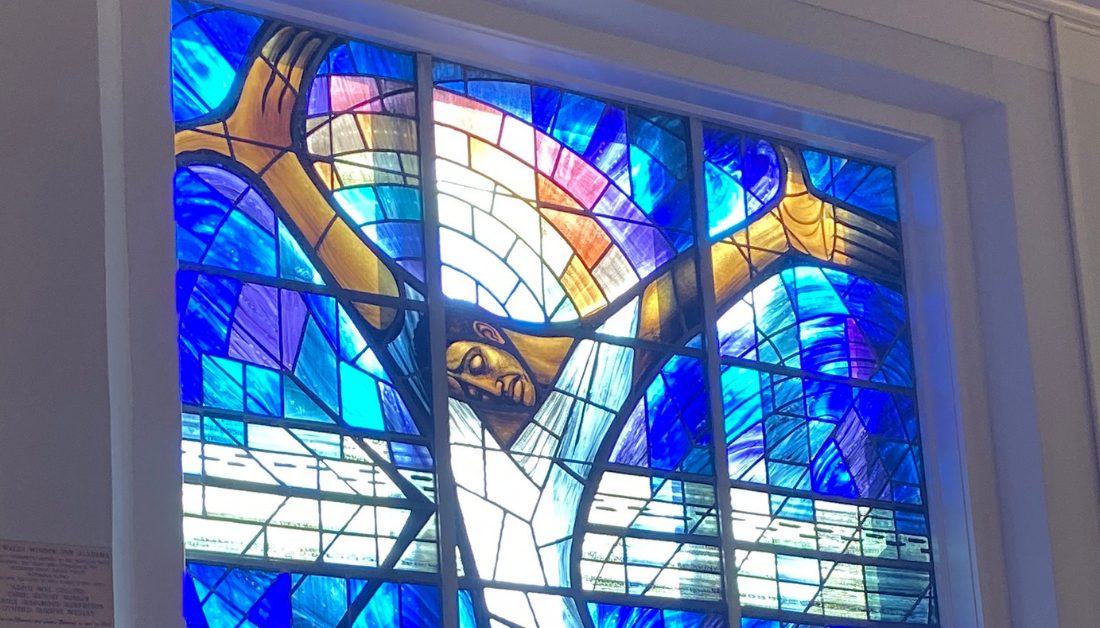For years, the idea of “Black Jesus” confused me. I understood why we needed to subvert the all-too-familiar image of Jesus as blonde-haired and blue-eyed. Jesus was Jewish and grew up in Israel. His skin would have been brown. He almost certainly would have had a beard, brown eyes, and dark hair.
I understood that Jesus came for every nation, every people group. Just as we translate the Bible into other languages in order for people to understand those words, we can “translate” Jesus’ physical form into the distinguishing features and customary dress of diverse people groups.
But reading Dante Stewart’s recent essay in the New York Times gave me a better understanding of why I—as a white, wealthy, able-bodied American—need to follow a Black Jesus. As Stewart reflects on his own understanding of Black Jesus, he writes,
“I saw why [Black theologians and authors] insisted on saying Jesus is Black. They were not talking about his skin color during his earthly ministry, though it definitely wasn’t white. They were talking about his experience, about how Jesus knows what it means to live in an occupied territory, knows what it means to be from an oppressed people.”
Following Black Jesus is a way for me to remember that Jesus identifies with people who are poor and oppressed, that Jesus blesses people who are outcast and imprisoned, that Jesus loves across dividing lines and never becomes entranced with power or status or wealth.
Black Jesus helps me better see the face of God, follow the way of the cross, and walk in the way of love.
Learn more with Amy Julia:
- S5 E4 | What’s So Controversial About Critical Race Theory? with David Bailey
- Why Christians Must Fight Systemic Racism: NYT Essay by Esau McCaulley
- The Quartet of the Vulnerable and Justice
If you haven’t already, you can subscribe to receive regular updates and news. You can also follow me on Facebook, Instagram, Twitter, Pinterest, YouTube, and Goodreads, and you can subscribe to my Love Is Stronger Than Fear podcast on your favorite podcast platform.



